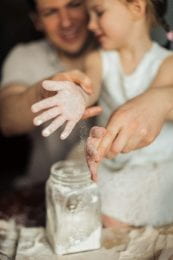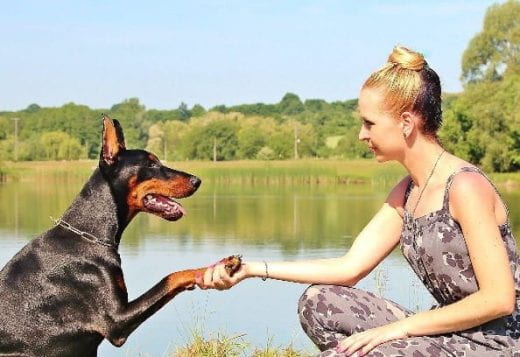Valentine’s Day is around the corner. The stores have already stocked the shelves with Valentine’s candy, cards, decorations, and flowers. This is a good time to think of ways to share love and care for family and friends. Consider ways your family can celebrate together. Some fun ways to show you care include:
 Make note cards or use post-it-notes to leave messages on mirrors, in lunches, or other special places.
Make note cards or use post-it-notes to leave messages on mirrors, in lunches, or other special places.- For those with a sweet tooth, make a candy bar wrapper with a special thought or message. Consider using the miniature bars to keep the empty calories to a minimum.
- Plan a special time with each family member or special friend during the week of Valentine’s Day. It may be doing a special activity – baking, crafts, sports, going for ice cream or another treat, or whatever that person likes to do.
- Make special treats such as Rice Krispie Bars in the shape of kisses, wrap them in foil, and add a special message.
- Make special foods on Valentine’s Day or when you celebrate. Foods in the shape of hearts – pancakes, cookies, cakes, sandwiches, pizza, Jello jigglers, etc. Use a heart shaped cookie cutter to make the shapes easily.
- Make Valentines to share with school mates, friends, and family. Handmade items are always special.
By: Jamie Rathbun

 Stress enters our lives in many shapes and forms. Appropriate stress is healthy and useful – and can even help one rise to the challenge and face tough situations with strength and stamina. Stress can also be overwhelming and cause distress – such as anxiety, tension or irritability.
Stress enters our lives in many shapes and forms. Appropriate stress is healthy and useful – and can even help one rise to the challenge and face tough situations with strength and stamina. Stress can also be overwhelming and cause distress – such as anxiety, tension or irritability. Life is full of rituals. A ritual is ceremony or action performed regularly when triggered by an event, tradition, or specific family interaction. Healthy rituals create environments that promote belongingness and security.
Life is full of rituals. A ritual is ceremony or action performed regularly when triggered by an event, tradition, or specific family interaction. Healthy rituals create environments that promote belongingness and security. While cigarette smoking among youth has declined, the use of other tobacco products, including e-cigarettes has increased. In their efforts to eventually hook kids on tobacco, the tobacco and vaping industries target young people by using three primary tactics – making products sweet, cheap, and easy to get.
While cigarette smoking among youth has declined, the use of other tobacco products, including e-cigarettes has increased. In their efforts to eventually hook kids on tobacco, the tobacco and vaping industries target young people by using three primary tactics – making products sweet, cheap, and easy to get. Bouncing from one activity to the next finds families traveling to ball games, lessons, appointments, and more. Once you reach your destination you may find yourself playing the waiting game. “In between time” can be a great opportunity to get back to the basics of learning with your loved ones. Here’s some gadget-free ideas that will help keep minds learning, loved ones communicating, and time passing with enjoyment:
Bouncing from one activity to the next finds families traveling to ball games, lessons, appointments, and more. Once you reach your destination you may find yourself playing the waiting game. “In between time” can be a great opportunity to get back to the basics of learning with your loved ones. Here’s some gadget-free ideas that will help keep minds learning, loved ones communicating, and time passing with enjoyment: